Understanding Biopesticides
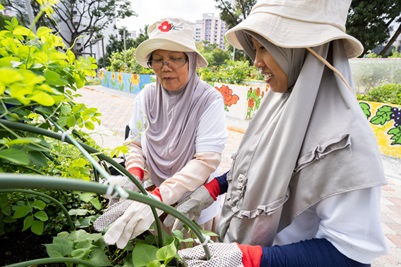
Biopesticides are certain types of pesticides obtained from natural materials such as animals, plants, bacteria, and certain minerals.
Biopesticides are used as safer alternatives to controlling pests and are often part of integrated pest management programmes. Get to know the different type of biopesticides, their advantages and disadvantages and when to apply them in your home garden.
Types of Biopesticides
1) Microbial biopesticides and other entomopathogens
These consist of microorganisms (e.g. fungus, bacteria, nematodes, virus or protozoa) as the active ingredient that controls several kinds of pests.
Depending on the active ingredient, the microbial biopesticide is mass-produced and formulated to control a relatively specific target pest. Being living microorganisms, these biopesticides must be stored and applied in ways that preserve their viability.
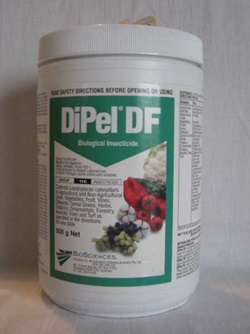
Biopesticide containing the bacterium, Bacilus thuringiensis subspecies kurstaki.
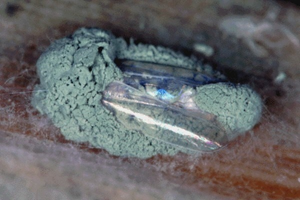
Green muscardine fungus, Metarhizium anisopliae on lefthopper.
Photo credit: CABI Compendium
2) Biochemical pesticides
These are derived from naturally occurring substances that control pests by non-toxic mechanisms. These include substances that disrupt the mating or molting processes and food-finding behaviors of pests.
Biochemical pesticides may also come from various plant extracts that attract or control the pests. Insect sex pheromones, other semiochemicals, plant bioactive compounds (botanicals), and natural insect growth regulators are common examples of biochemical pesticides.
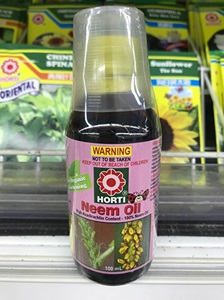
Biopesticide containing Neem extracts.
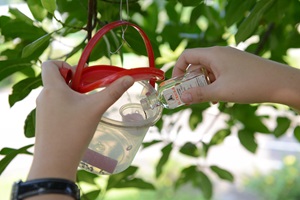
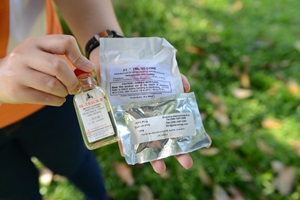
Insect sex pheromones and semiochemicals
3) Plant-Incorporated Protectants (PIPs)
These are pesticidal substances that plants produce from genetic material that has been added to the plant. The genetically modified plants or organisms (GMO) manufacture the substance that destroys or controls the pest. Bacillus thuringiensis (Bt) corn is a GMO corn that produces proteins that are toxic to certain insect pests but not to humans, pets, livestock, or other animals.
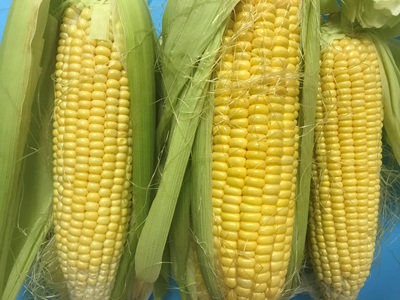
Bacillus thuringiensis (Bt) GMO corn
Advantages of Using Biopesticides
> Less toxic than conventional pesticides > Affect only the target pest and closely-related organisms while conventional pesticides may affect different insects, birds and mammals
> As an integral part of Integrated Pest Management (IPM) programs, it significantly reduces the use of conventional pesticides, while crop yields remain high
> The risk of pests and disease developing resistance is often considered to be low
> Effective in very small quantities and often decompose quickly, resulting in lower exposures and environmental residues > Zero or low re-entry and handling interval
> Some microbial biopesticides can reproduce on or near to the target pest or disease, giving some self-perpetuating control > Useful as second line of defense or supplementary treatment
Disadvantages of Using Biopesticides
> Slow acting and not a “quick kill’ when compared to conventional pesticides
> Lower efficacy and shorter persistence as compared to conventional pesticides
> Highly susceptible to adverse environmental conditions
> Grower or farmer requires greater level of knowledge to effectively use the biopesticides
Common Biopesticides
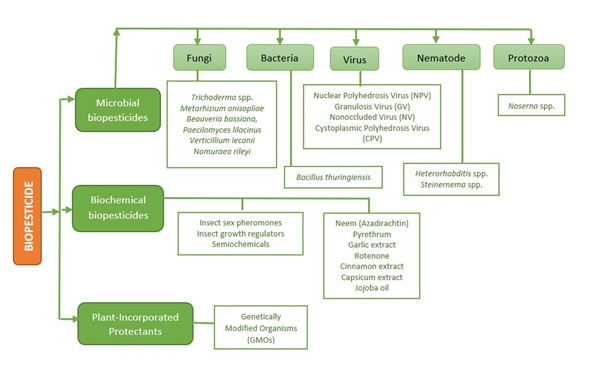
Application of biopesticides
Biopesticides are mostly applied by spraying or drenching, dusting or as granules depending on the disease or pest being targeted. The success of insect sex pheromones and semiochemicals as biopesticides depends on the trap design and size. It is also dependent on the behaviour of the target pests.
Usually a pheromone-impregnated lure is placed in the commonly-used traps such as yellow sticky trap, delta trap, water-pan trap, bottle trap, or funnel trap. These traps are used to monitor the pest populations by sampling so as to trap and destroy adult pests.
Generally, in order to use biopesticides effectively and safely, growers should have an indepth knowledge about managing the target pest and must follow the manufacturer’s label directions carefully. This means it is important that growers select the right biopesticide for the right target pest and apply it at the right time, using the right method to ensure its effectiveness.
Gardeners’ Day Out Is Back!
Participate from the comfort of your home with online activities such as talks and demonstrations, video tutorials of activities and promotions offered. Free guided tours will also be offered on site (with safe management measures). Enjoy Gardeners’ Day Out online at www.nparks.gov.sg/GDO.
You can also enjoy our Gardening With Edibles Masterclass Series from your home. They are conducted by NParks horticulturists, focusing on unique and challenging edibles across different plant families.
Gardening with Edibles
The City in Nature vision seeks to bring greenery closer to all residents. The community plays a key role in the ownership and stewardship for nature which will benefit our health and well-being.
NParks is partnering residents to make Singapore our City in Nature and spark a love for community gardening through the Gardening with Edibles initiative under the Edibles Horticulture Masterplan. Under the Gardening with Edibles programme, some 860,000 free seed packets have been distributed to interested members of the public since its launch in June 2020. The programme was established by founding partners DBS Bank and Tote Board through the Garden City Fund, a registered charity established by NParks. The most recent round of seed distribution, which took place in December 2021, was made possible by the programme’s partner Singapore Post Limited, also through the Garden City Fund. Relevant resources are available online, to guide gardeners along the way.
The Gardening with Edibles initiative is aligned with Singapore’s national strategy to strengthen our food resilience. The “30 by 30” goal, led by the Singapore Food Agency, aims to produce 30% of Singapore’s nutritional needs locally by the year 2030.
Also, NParks is expanding the allotment gardening scheme and the Community in Bloom programme, to welcome even more residents into the gardening family.
Learning More
If you are a gardening newbie, visit NParksSG, our YouTube channel that serves as a one-stop repository for more than 500 video resources. It covers topics ranging from types of soil needed for your garden and how to plant, harvest and even cook your edibles.
How can you make your garden more welcoming to bees? Learn more here.
Keep your garden safe from attack by insect pests. Learn more about five such common pests of edible plants here.
Learn more NParks’ Plant Health Services whose work helps keep Singapore safe from the incursion of exotic plant pests.
For more information about the flora and fauna found in Singapore, please visit NParks Flora and Fauna Web.
If you like what you read, follow us on Facebook, Instagram and Telegram to get the latest updates.
Text from Plant Science and Health Branch


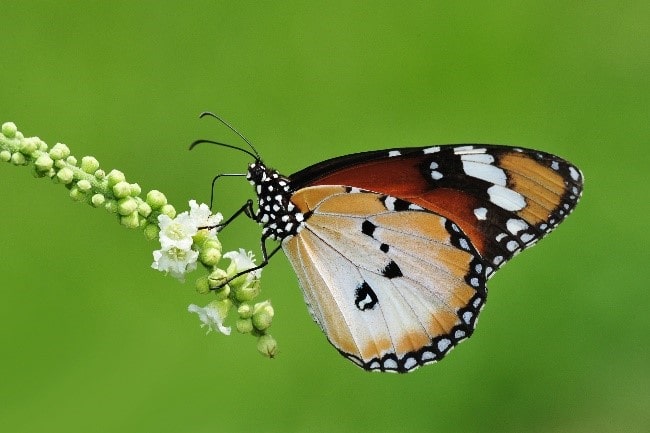
.ashx)
Have views or comments on this article? Let us know via this form. If you would like to give us feedback on any other areas relating to our parks and gardens, please submit via https://www.nparks.gov.sg/feedback